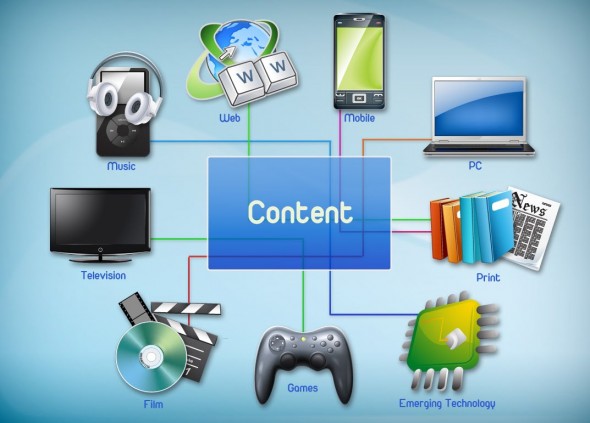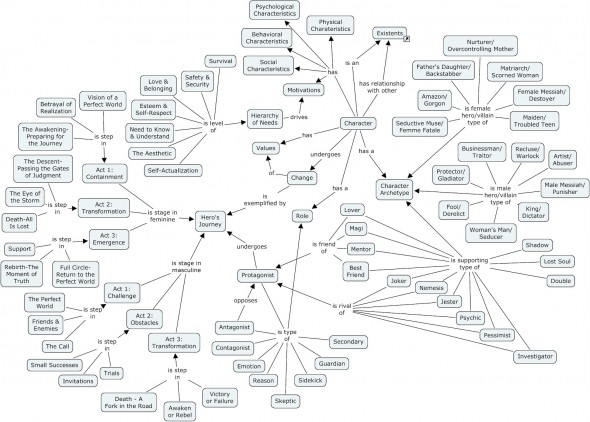Video
The Future of Storytelling is Transmedia.
What is the future of storytelling? We’ll begin our day with a story on our phone. On our subway ride to work a new character will be added to the story and we’ll learn all about him on a tablet computer. At lunch we’ll catch up with the character’s newest adventure on our office computer via Facebook. Later in the day the story takes an unexpected turn—and we’ll learn about it from a digital billboard. Before going to bed we’ll plant the seeds for tomorrow’s developments while playing a video game on our television. This is transmedia—the future of storytelling.
“The boundaries between gameplay and storytelling, single-platform and multi-platform, real and virtual, author and audience, are all disappearing as we speak. It’s all fiction. Someday we’ll just leave it at that.” Jeff Watson
A transmedia project is one in which the audience has to seek out, find, and consume different pieces of a narrative across multiple digital platforms and formats in order to figure out the full story. The stories unfold using different media, smartphones, tablets, comic books, augmented reality, 3D-projected, or live performances. The “gap” between the digital and physical worlds is now closed. But that’s nothing new as video gamers have treated the “real world” as another “platform.”
Transmedia requires collaboration between artists (writers, motion graphic designers, video editors, web developers) and viewers who can alter storylines by influencing a character’s decisions and by becoming characters themselves. Viewers can submit stories to producers, and even crowd-fund the projects they like. Never underestimate an audience’s cravings for more control.
Keep in mind that telling one story in one medium and then replicating the same story in another medium is NOT transmedia. Cross-platform sequels or adaptations are not transmedia. That’s called media shifting and it’s an entirely different concept.
Transmedia productions disperse stories across multiple technologies, but each delivery channel needs to be self-contained, meaning that users don’t need to read the comics to enjoy the film and vice versa. Mobile apps would complement, not simply replicate, TV-viewing experiences. A key concept is that all of the content must always be linked together and synced with each other. Transmedia projects may start small (mobile apps for example), and then branch out using different, bigger mediums (feature films or reality TV shows). A second key concept is that all channels need to create a unified and coordinated experience, while providing a unique contribution to the story.
Decent recent transmedia efforts include “Conspiracy 365” and “Slide,” which is an Australian teen drama series that offers additional online content via mobile apps connected to Facebook and Twitter. Webisodes before and after TV shows are also available on YouTube. “Year Zero” is an even more interesting example; an alternate-reality game based upon a Nine Inch Nails album, and created by the team responsible for the first-person shooter Halo 2 video game.
But before storytellers embrace this multilayered approach, they need to come up with really good stories. That has not changed and will never change. To develop compelling transmedia experiences there needs to be great characters or interesting worlds. Spiderman is a good example of the first, and the Lord of the Rings exemplifies the second. Most Gabriel García Márquez novels have both, and much more.
The real-time, always-connected multiplayer experiences will transform storytelling to a more meaningful participatory art. I am very interested to see how traditional notions of authorship will change, and how developers and producers will deal with the increased challenges of coordination and consistency.
“The way we relate to imagery is changing. Our new relationship is less about witness, evidence and document and much more about experience, sharing, moment and streaming.” Stephen Mayes, VII Photo Agency.
I find this topic fascinating and would love to continue the conversation. Please add your questions and comments below.
UPDATE: CHeck “The Cosmonaut” A Film Made by More Than 5000 People. Via nofilmschool

